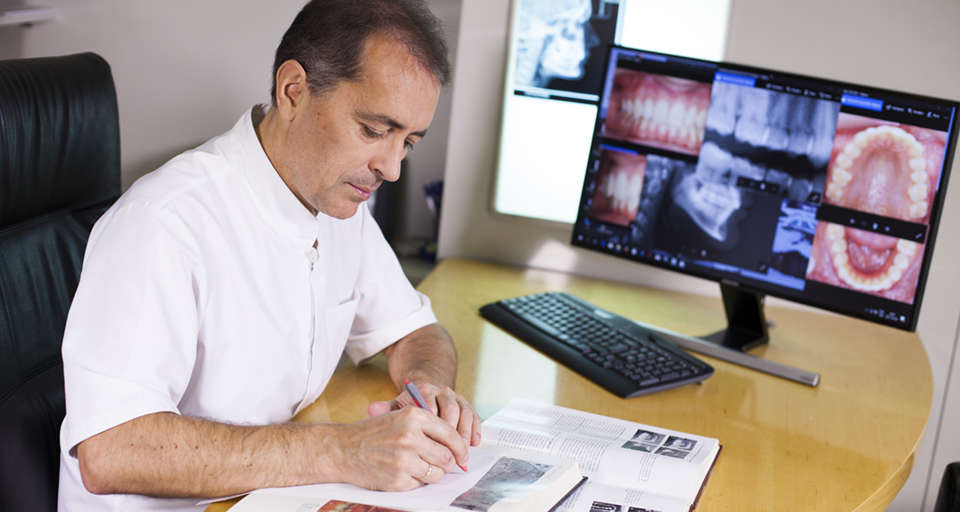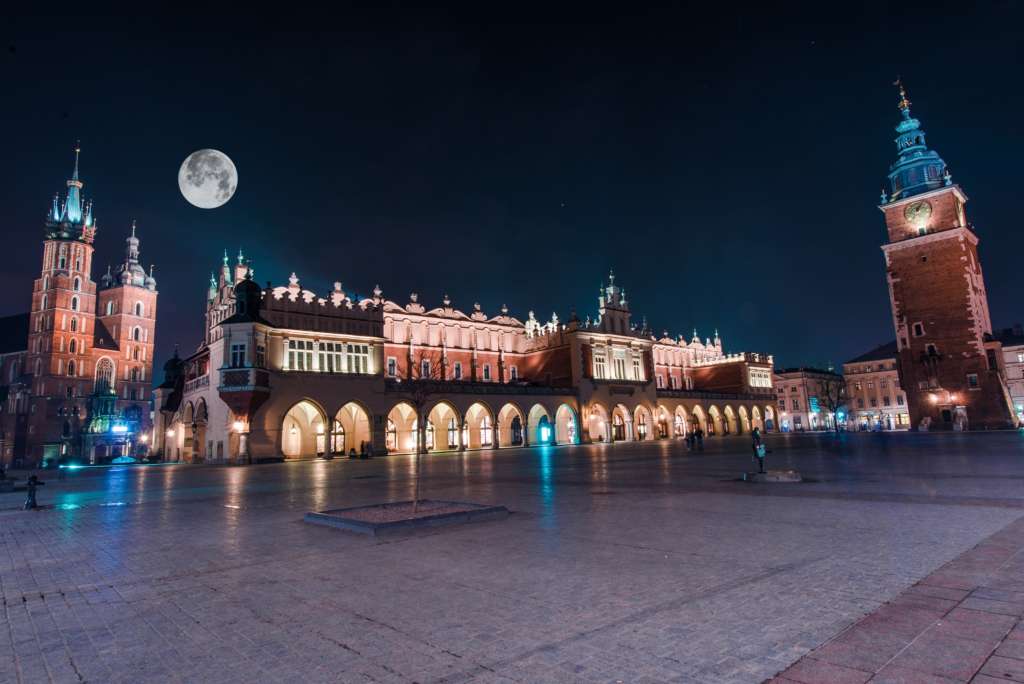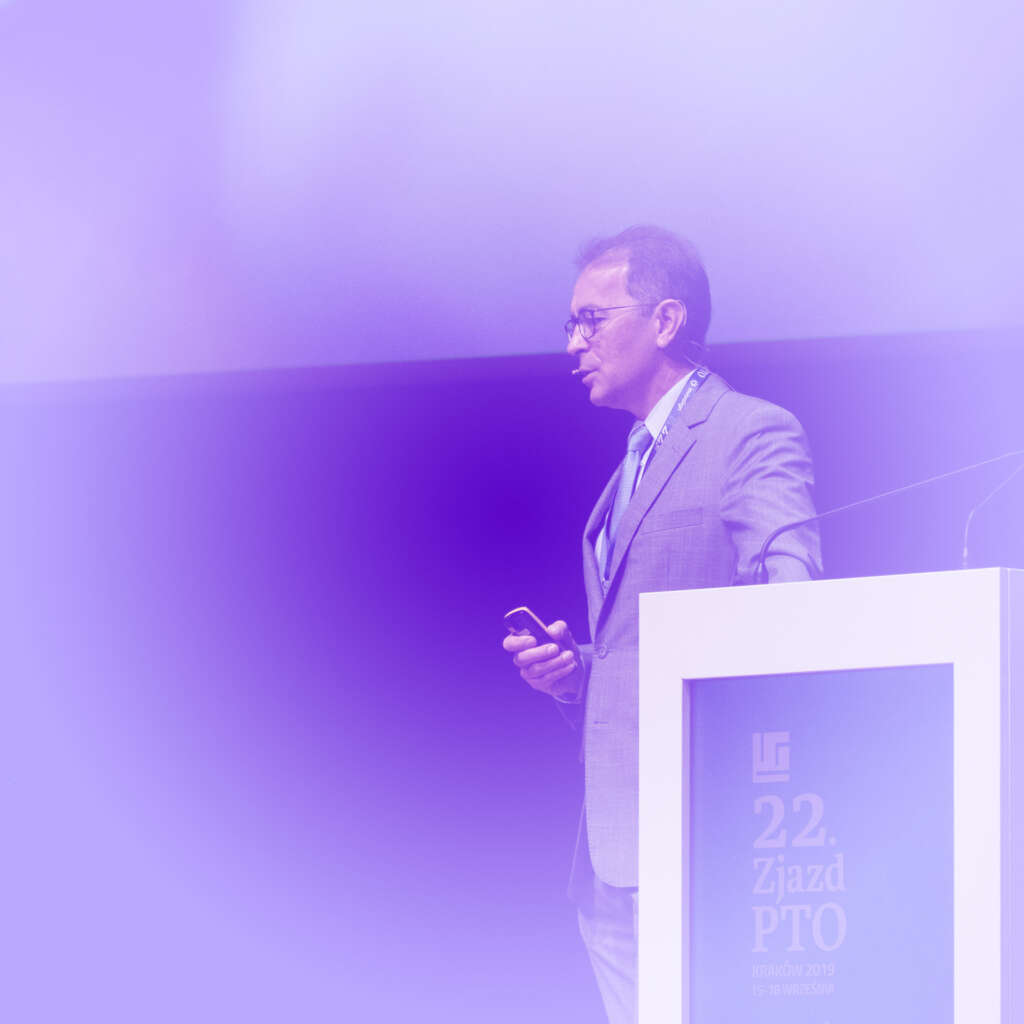The Slav-cleft: A three-center study of the outcome of treatment of cleft lip and palate. Part 1: Craniofacial morphology.
Written by admin on November 11, 2016
J Craniomaxillofac Surg. 2016 Nov;44(11):1767-1776. doi: 10.1016/j.jcms.2016.06.010. Epub 2016 Jun 17.
Urbanova W(1), Klimova I(2), Brudnicki A(3), Polackova P(1), Kroupova D(2), Dubovska I(4), Rachwalski M(5), Fudalej PS(6).
Author information:
(1)Department of Orthodontics and Cleft Anomalies, Dental Clinic, 3rd Medical
Faculty, Charles University, Faculty Hospital Royal Vineard, Šrobárova 50, 100
34 Prague 10, Czech Republic.
(2)Cleft Center, Clinic of Plastic and Reconstructive Surgery, Comenius
University, Pažítková ul. č. 4, 821 01 Bratislava, Slovakia.
(3)Department of Pediatric Surgery, Institute of Mother and Child, Kasprzaka
Str. 17a, 01-211 Warsaw, Poland.
(4)Institute of Dentistry and Oral Sciences, Faculty of Medicine and Dentistry,
Palacky University Olomouc, Palackého 12, 779 00 Olomouc, Czech Republic.
(5)Department of Craniomaxillofacial and Plastic Surgery, University Hospital of
Cologne, Kerpener Straße 62, 50937 Köln, Germany.
(6)Institute of Dentistry and Oral Sciences, Faculty of Medicine and Dentistry,
Palacky University Olomouc, Palackého 12, 779 00 Olomouc, Czech Republic;
Department of Orthodontics and Dentofacial Orthopedics, School of Dental
Medicine, University of Bern, Freiburgstrasse 7, 3010 Bern, Switzerland.
Electronic address: piotr.fudalej@zmk.unibe.ch.
Results of a comparison of the outcomes of treatment of cleft lip and palate can
be affected by growth characteristics of populations from which subjects with
the clefts are derived. Moreover, conventional cephalometric techniques used in
cleft studies for analysis of facial morphology provide only a partial
description of shape and are confounded by biases regarding the reference
structures. In this retrospective comparison, craniofacial morphology of
preadolescent patients with unilateral cleft lip and palate treated in Warsaw
(n = 35, age = 10.6 years, SD = 1.2), Prague (n = 38, age = 11.6 years,
SD = 1.4), and Bratislava (n = 26, age = 10.5 years, SD = 1.6) were evaluated on
cephalograms with the cephalometric method used in the Eurocleft study and
geometric morphometrics. We found that patients treated in Warsaw showed
slightly more favorable outcomes than in Prague and Bratislava. The differences
were related primarily to the position of maxillary alveolar process, cranial
base, mandibular angle, and soft tissues. Although no association between a
component of treatment protocol and the outcome was found, it is possible that
organizational factors such as participation of high-volume, experienced
surgeons contributed to these results.
Copyright © 2016 European Association for Cranio-Maxillo-Facial Surgery.
Published by Elsevier Ltd. All rights reserved.
DOI: 10.1016/j.jcms.2016.06.010
PMID: 27663676 [Indexed for MEDLINE]




